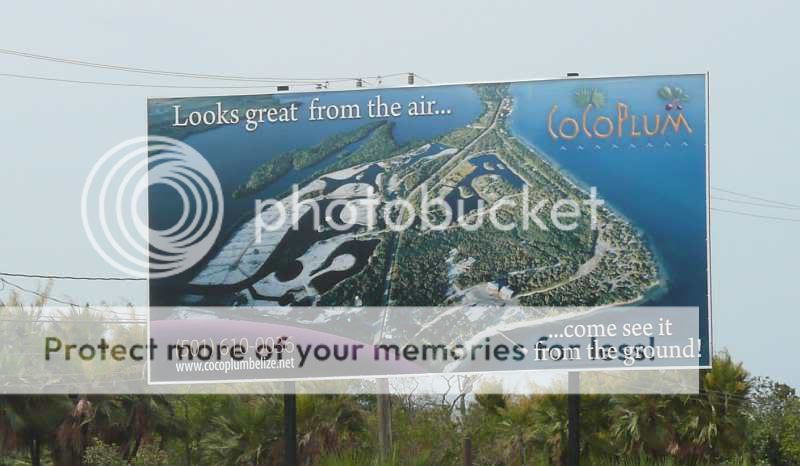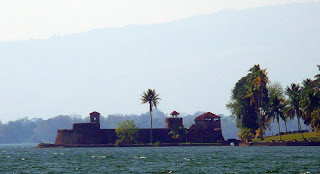I sometimes get weather info from a local FM radio station, Love FM. They’re refreshingly casual in their scheduling – the news takes as long as it takes, and a couple minutes longer. Sponsors are Shirley Biscuits and a “100 percent Belizean” insurance company with a cheery, earnest jingle. Eventually, the National Meteorological Service at the airport gives their report, which sounds more like what we see out the port, rather than the theoretical broad-brush approach of NOAA. The phone from the airport sometimes sounds like a Dixie cup on a string, although it’s probably the latest in cell technology, but it’s refreshingly ‘hands on’ compared to the machine voice of NOAA’s new Perfect Paul.
There are car crashes, crimes (today, carnal knowledge and burglary), sports ; also lately, trickle-down from the swine flu tempest over the border. The Agricultural Show may be postponed, but the casinos at the free trade zone on the Mexican border have ‘economic concerns’ about being shut down. But mostly radio news is political charges and counter-charges. Public officials read statements or speak at length, rather than being edited into sound bites.
The newspapers are where it gets really interesting, and I’d read them every week if only they weren’t so hard to find. But here are the gleanings from one recent edition of The Reporter (www.reporter.bz):
The Raelians – you remember them? Representatives of another planet attempting to establish better communications with Earthlings? Their leader is a Frenchman, and wasn’t there something about a cloned baby to be born in the Bahamas several years ago? Well, they want to build an embassy in Belmopan, as a place for their alien amigos to come by 2025, and are selling it to the government as a tax-paying tourist attraction. Those who object point out that the Raelians have been thrown out by other countries, most recently Israel, and that one of their basic tenets is that parents should teach their children sexual techniques.
Robberies: four youths robbed a Chinese woman’s house in Belize City, forcing her to open a safe containing $7000. Later, they were caught on the bus, on the Northern Highway. I couldn’t help but imagine them paying the fare. Also arrested, as an accessory, was a young girl, to whom the youths apparently gave the woman’s purse.
Violence: a teenager ‘fights for his life’ after suffering ‘multiple chops’ from a man he was trying to rob. The man, a 50-something justice of the peace, was ‘tired of crime in the city’ and was aided by two members of his family.
Car crashes: first, a graphic description of an accident which resulted in the decapitation of the driver and front-seat passenger. Then another crash, caused by bald tires, accompanied by a reminder not to use bald tires, which are legion.
Environment: 400,000 used tires are being sought to prevent beach erosion at Monkey River. Caribbean Tire has made a donation. Others are requested.
Prison stories: last week, a stabbing with a prison-manufactured knife. This week, six women who were allowed to breast-feed their babies (under six months!) escaped, with their babies, and three more without their babies. One of these might have been the woman recently arrested for stealing powdered milk from a grocery store.
Suicides: a sad commentary reporting two attempts, both by teenaged girls, one using paraquat and the other a different agricultural chemical. In Sri Lanka, the preferred method was to jump in front of a train.
Yacht runs aground on reef: Azteka, a big Mexican motor yacht ?120 feet or so? hit the reef at Ambergris Caye, up by the Mexican border. They apologize, accept responsibility, promise to stay in Belize waters until the $800,000 USD fine is paid. It happened three weeks ago.





























